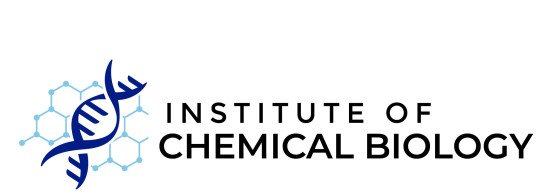BibTex format
@article{Rains:2019:10.1021/acscatal.8b04077,
author = {Rains, JGD and ODonnelly, K and Oliver, T and Woscholski, R and Long, NJ and Barter, LMC},
doi = {10.1021/acscatal.8b04077},
journal = {ACS Catalysis},
pages = {1353--1365},
title = {Bicarbonate inhibition of carbonic anhydrase mimics hinders catalytic efficiency: Elucidating the mechanism and gaining insight toward improving speed and efficiency},
url = {http://dx.doi.org/10.1021/acscatal.8b04077},
volume = {9},
year = {2019}
}
RIS format (EndNote, RefMan)
TY - JOUR
AB - Carbonic anhydrase (CA) mimics are often studied with a focus on the hydration of CO2 for atmospheric carbon capture. Consequently, the reverse reaction (dehydration of HCO3–) has received minimal attention, so much so that the rate-limiting step of the dehydration reaction in CA mimics is currently unknown. The rate-limiting step of the hydration reaction is reported to be the bicarbonate-bound intermediate step, and thus is susceptible to product inhibition. It is not, however, clear if this inhibition is a consequence of an increase in the rate of the competing dehydration reaction or resulting from the strong affinity of bicarbonate to the mimic. To address this, insight into the dehydration reaction kinetics is needed. We therefore report the most comprehensive study of a CA mimic to date. The dehydration profile of the fastest small-molecule CA mimic, ZnL1S, was characterized, and consequently evidence for the rate-limiting step for the dehydration reaction was seen to be the bicarbonate-bound intermediate step, much like the hydration reaction. This experimental validation of the rate-limiting step was achieved through a variety of methods including NMR experiments and the effect of inhibitors, substrate concentration, and metal center on activity. With this understanding, an improvement in the favorability of the rate-limiting step was achieved, resulting in decreased bicarbonate inhibition. Thus, an increase in the mimic’s kcat for both reactions was observed, resulting in the largest rate constants of any small-molecule CA mimic reported to date (28093 and 579 M–1 s–1 for hydration and dehydration, respectively). Enzyme-like kcat/km values were obtained for ZnL1S (5.9 × 105 M–1 s–1 for CO2 hydration), and notably there is only a difference of 2.5 orders of magnitude from the enzyme, the closest of any CA mimic reported in the literature. The results from this work can be applied to the development and improvement
AU - Rains,JGD
AU - ODonnelly,K
AU - Oliver,T
AU - Woscholski,R
AU - Long,NJ
AU - Barter,LMC
DO - 10.1021/acscatal.8b04077
EP - 1365
PY - 2019///
SN - 2155-5435
SP - 1353
TI - Bicarbonate inhibition of carbonic anhydrase mimics hinders catalytic efficiency: Elucidating the mechanism and gaining insight toward improving speed and efficiency
T2 - ACS Catalysis
UR - http://dx.doi.org/10.1021/acscatal.8b04077
UR - https://pubs.acs.org/doi/10.1021/acscatal.8b04077
UR - http://hdl.handle.net/10044/1/66624
VL - 9
ER -
